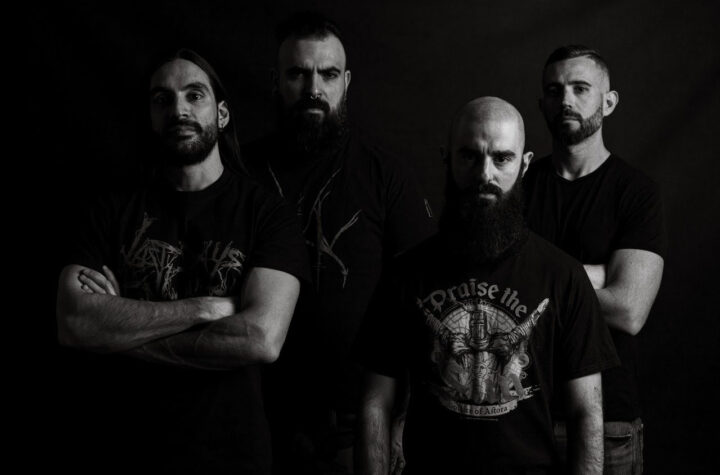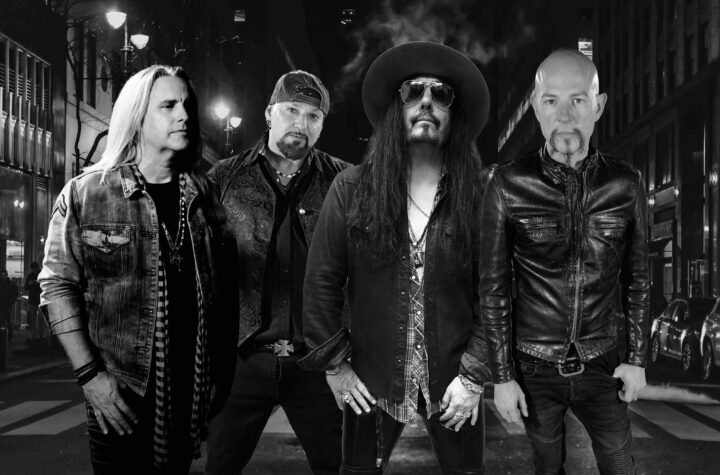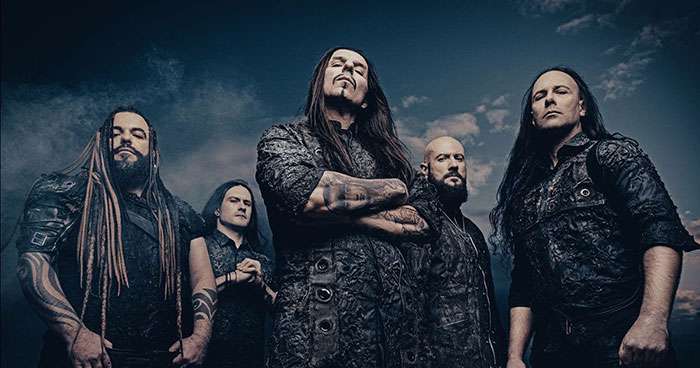WARDRUNA has unleashed a new single and music video entitled “Lyfjaberg” streaming via YouTube. In other news the band also have a new album named “Kvitravn” that’s slated to be released via Norse Music (U.S.) and Sony Music / Columbia Records.
Check out “Lyfjaberg” above.
Wardruna is a Norwegian music group founded by Einar Kvitrafn Selvik. In 2009 Wardruna enchanted their listeners with their mesmerizing debut album ‘gap var Ginnunga’, which also was the first part of a planned trilogy. In the ensuing years the group have spent a lot of time on adapting their music to a live format and establishing a live band. This resulting in a handful of very special concerts, perhaps most notably when they performed in front of the majestic 1100-year-old Gokstad ship at the Viking Ship Museum in Norway.
With the use of the oldest of Nordic instruments and poetic metres as well as lyrics written in Norwegian, Old Norse and Proto-Norse tongue, Wardruna is now, after nearly three years in the making, finally ready to return with the second album in the ‘Runaljod’ trilogy entitled ‘Yggdrasil’. Multi-instrumentalist and songwriter Einar Kvitrafn Selvik has, together with vocalists Kristian Espedal (aka Gaahl) and Lindy-Fay Hella, managed to make a strikingly beautiful and intense continuation of what was started with their first album, but without falling into the trap of merely repeating themselves. ‘Yggdrasil’ is also graced with guest appearances by renowned Icelandic composer Hilmar Örn Hilmarsson and Iceland’s leading rímur singer Steindór Andersen.
The ongoing ‘Runaljod’ trilogy is a musical rendition of the 24 runes in what is often referred to as the elder futhark. Some of the recordings are done outdoors in places or under circumstances of significance to each rune. Wardruna primarily use old and historical instruments such as primitive deer-hide frame drums, Kraviklyra, tagelharpe, mouth harp, goat horn, lur and more. Non-traditional instruments and other sources of sound like trees, rocks, water and torches are also used.





More Stories
HOUR OF PENANCE – “Sedition” to be Reissued on Vinyl
ELECTRIC TEMPLE – Debut Album Announced
SEPTICFLESH – 2025 North American Tour Dates